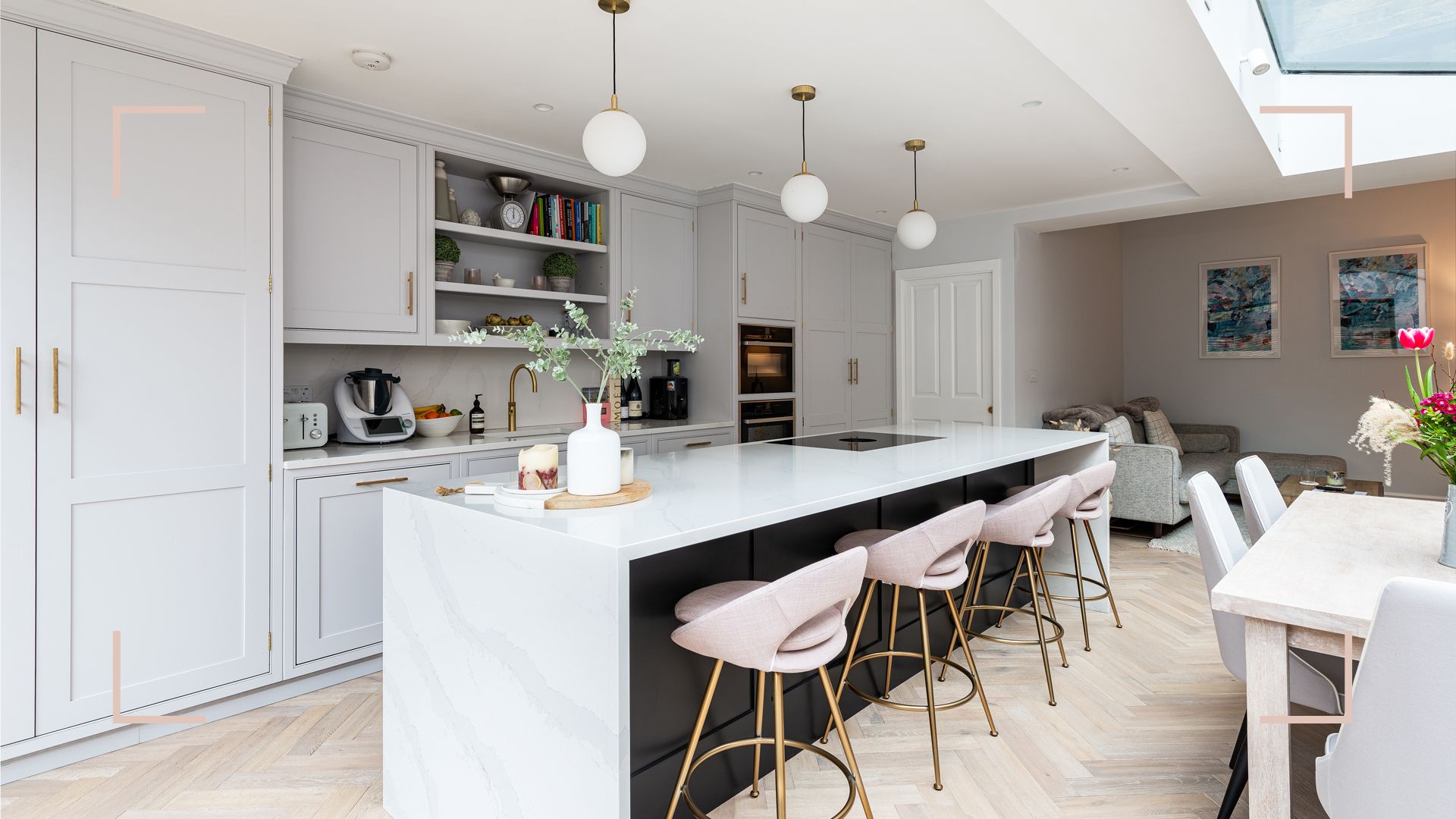
Elevating Your Home The Artistry of Kitchen Design

In the heart of every home, where aromas dance and flavors meld, lies the kitchen a canvas for culinary creativity and a testament to the art of kitchen design. As Ralph Waldo Emerson so eloquently expressed, “The creation of a thousand forests is in one acorn,” and so too does the essence of your home emerge from the thoughtful curation of this space. In this exploration of kitchen design, we unveil the secrets to crafting a kitchen that harmoniously blends aesthetics and functionality.
A Culinary Canvas: Infusing Your Personality into Design
Your kitchen is more than just a cooking space; it’s a reflection of your lifestyle and personality. Just as Emerson professed, “To be yourself in a world that is constantly trying to make you something else is the greatest accomplishment.” Kitchen design is about embracing your unique tastes and weaving them into every element. From the choice of materials to the arrangement of fixtures, let your kitchen tell your story.
Harmony in Functionality: The Dance of Form and Purpose
In the ballet of kitchen design, form and function waltz hand in hand. Each element, from cabinets to countertops, plays a role in the choreography of efficiency. As Emerson noted, “The creation of beauty is art,” and so is the creation of a kitchen that seamlessly blends beauty and utility. The layout should be intuitive, ensuring a flow that supports your culinary endeavors.
Colors that Sizzle: The Palette of Culinary Inspiration
Colors wield a remarkable power to evoke emotions and set the stage. Just as Emerson said, “Nature always wears the colors of the spirit,” your kitchen’s hues should resonate with your culinary spirit. Whether you opt for the calming embrace of neutrals or the vibrant burst of accent colors, let your palette reflect the atmosphere you wish to create.
Beyond the Surface: The Alchemy of Materials
Materials are the brushstrokes that shape the aesthetic landscape of your kitchen. The touch of wood, the gleam of stainless steel, the warmth of stone—each imparts a unique texture to your culinary haven. Emerson’s words, “Art is the path of the creator to his work,” find resonance in the choices you make, as you mold your kitchen into an artistic haven that serves both your creativity and daily needs.
Conclusion
In the symphony of home design, the kitchen stands as a crescendo of flavors and aesthetics. The art of kitchen design is not merely about assembling cabinets and appliances; it’s about composing a space where memories are cooked, laughter is shared, and traditions are nourished. As you embark on the journey of crafting your culinary haven, remember that your kitchen is an artistic testament—a creation that speaks volumes about who you are and what you hold dear.
FAQs
Q1: How do I maximize storage in a small kitchen?
A1: In a small kitchen, creativity is key. Opt for vertical storage solutions, such as hanging racks and shelves. Utilize the insides of cabinet doors for hooks and organizers. Choose multi-functional furniture and consider foldable or stackable items to save space.
Q2: What are some popular kitchen design trends?
A2: Some popular trends include open shelving, mixed materials (such as combining wood and metal), bold and contrasting color schemes, and smart appliances. Industrial and farmhouse styles continue to be popular choices as well.
Q3: How can I create a cohesive kitchen design with an open floor plan?
A3: In an open floor plan, aim for a seamless transition between the kitchen and adjacent spaces. Use consistent colors and materials throughout the area to create a cohesive look. Define the kitchen area with a distinctive lighting fixture or a kitchen island.
Q4: How can I make my kitchen more eco-friendly through design?
A4: Choose energy-efficient appliances, LED lighting, and water-saving fixtures. Opt for sustainable and durable materials, such as reclaimed wood or recycled glass countertops. Incorporate recycling and composting stations into your kitchen layout.
Q5: What’s the importance of lighting in kitchen design?
A5: Lighting sets the mood and functionality of your kitchen. Layered lighting—ambient, task, and accent—ensures that the space is well-lit for cooking, dining, and socializing. Pendant lights, under-cabinet lighting, and statement chandeliers are popular choices for various lighting needs.



